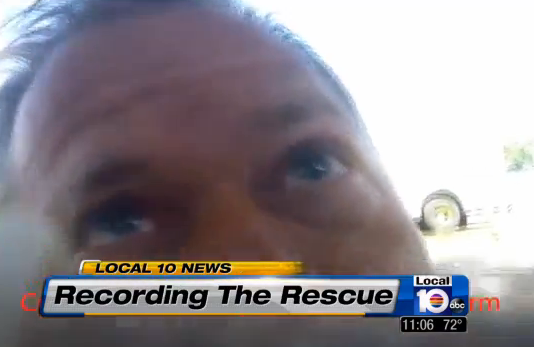Do Citizen Journalists Have Same Rights as "Real" Journalists?
/A person is stabbed in a Miami nursing home and a rescue helicopter makes a landing nearby field to pick of the victim.
Taylor Hardy, who says he writes for a website, pulls over to shoot video of the scene. He got out of his car, took out his iPad and started shooting video.
He was well back of the scene but was spotted by two Miami-Dade Fire Rescue paramedics. They walk across the field to him and tell him he has to leave.
Turn around and walk away! Turn around and walk away!" he yells.
"He's in my face. I mean, that doesn't happen every day from a firefighter. A captain, at that, of a fire department," Taylor tells WPLG in Miami.
The paramedic continues to block the lens of Taylor's iPad and orders him to leave.
"This is a fire department scene. You need to step back, sir," the paramedic said.
Thursday's incident is under investigation, according to Miami-Dade Fire Rescue.
A department spokesman told WPLG on the phone that keeping people back is a safety measure, and whomever is in charge on scene will typically decide how close is too close to risk getting slapped with flying debris from a rescue helicopter.
Taylor said he was about 200 feet away and within his rights. Often you see news photographers much closer to the scene than this guy was. So the question is, do so called citizen journalists have the same rights as TV news crews?
In this case it appears like the CJ was being picked on.
"It's not public safety. It's not interference. If you're in a public place, people should be encouraged to exercise their Constitutional right to take pictures of what our public officials are doing," said Howard Simon with the American Civil Liberties Union of Florida.
Here's raw video of the altercation.
H/T WPLG














